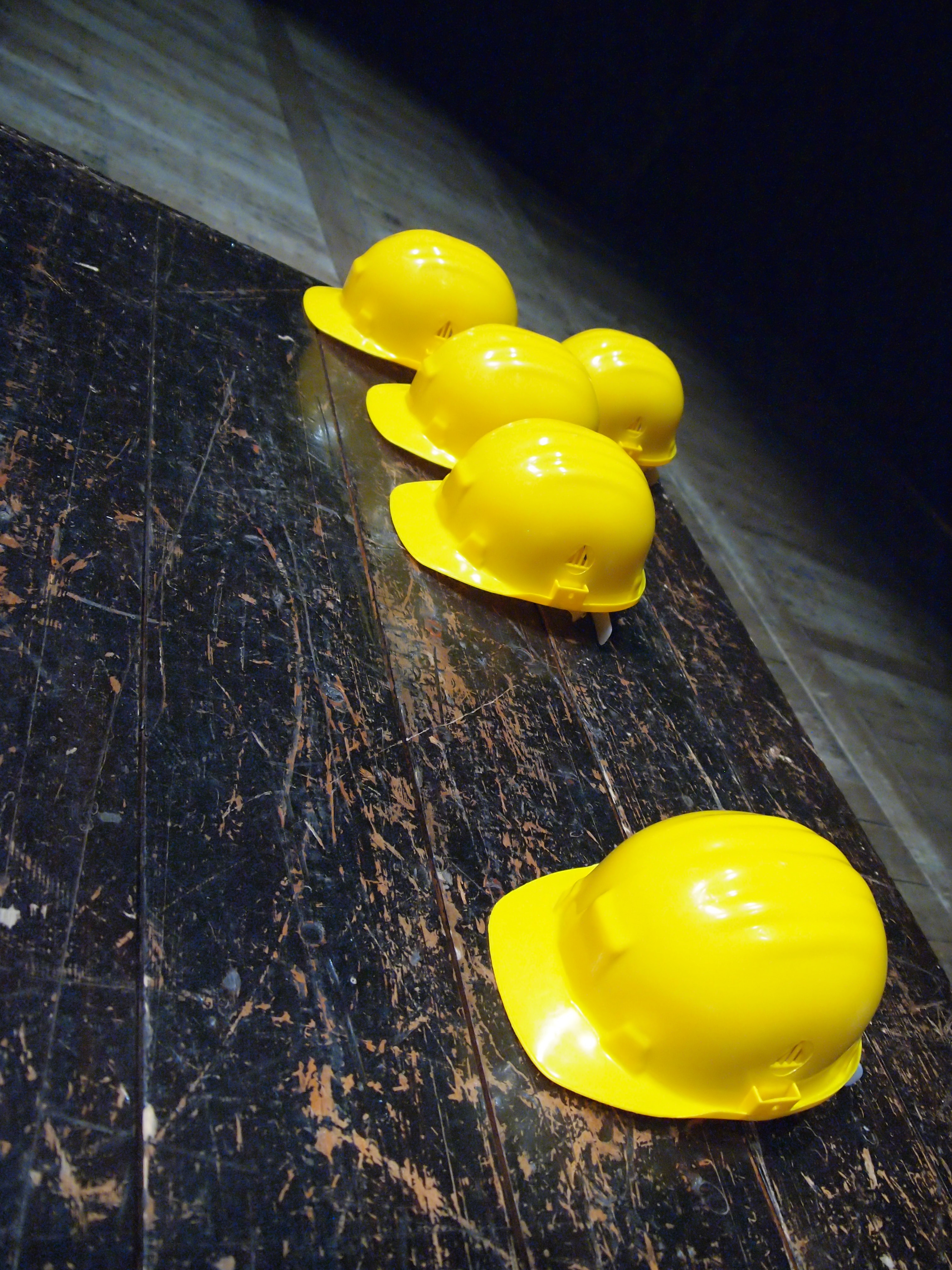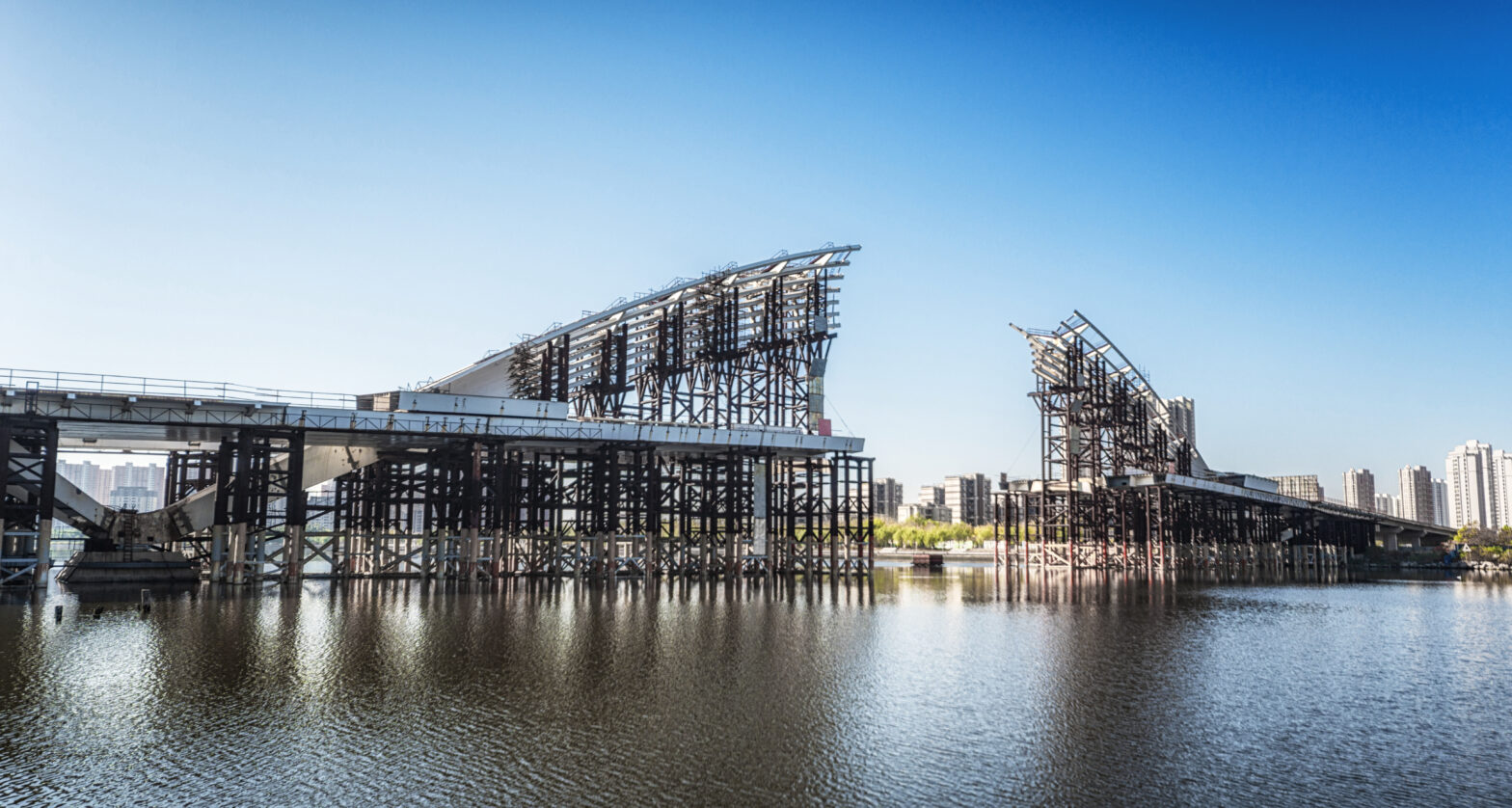The deep sea remains one of the least explored and most hostile environments on Earth. With its crushing pressures, near-freezing temperatures, and complete darkness, it presents immense challenges for engineers and scientists who seek to explore, utilise, or protect this vast and uncharted world.
As the demand for deep-sea exploration increases—driven by scientific, commercial, and resource-based interests—building structures that can withstand the extreme conditions of the ocean’s depths has become a paramount concern.
The Challenge of the Deep Sea
At depths of over 1,000 metres, the pressure can reach over 100 times the normal atmospheric pressure at sea level. This immense force can crush even the most robust structures if not carefully designed and constructed.
Temperature is another significant factor, ranging from just above freezing to a constant chill that would challenge any traditional construction material.
Additionally, the deep sea is home to strong currents, high salinity, and the possibility of corrosion, all of which compound the complexities of building anything that must endure in these depths.
As companies and researchers continue to push the boundaries of deep-sea exploration, experts like those at deep.com are at the forefront of designing and testing innovative solutions to tackle these immense challenges. Their work is pivotal in creating structures and technologies that can withstand the extreme conditions at the ocean’s depths.
Materials for Deep-Sea Construction
When it comes to building structures for the deep sea, selecting the right materials is crucial. Steel and titanium are commonly used because of their high tensile strength and resistance to corrosion. However, even these materials must be specially treated to withstand the corrosive effects of saltwater.
For instance, marine-grade stainless steel is often used for its resistance to pitting and crevice corrosion, which is particularly problematic at greater depths. More advanced materials, such as composites and special alloys, are also being researched and used in more innovative designs for subsea structures.
Another consideration in material selection is the need for flexibility. Structures must be able to bend and adapt to the shifting and moving sea floor, as well as withstand seismic activity that is common in certain underwater regions. As such, flexibility in the design is just as important as strength.
Designing for Extreme Conditions
The design process for deep-sea structures is an intricate and highly specialised task. Structural engineers must take into account not just the pressure, but also the dynamic forces that are exerted by waves and currents. In addition to designing for stability, engineers must ensure that the structures are resilient to vibration, fatigue, and unexpected shocks.
Subsea structures, such as oil rigs, research platforms, and undersea habitats, all require the ability to endure extreme stress while maintaining their functionality. One notable example is the design of remotely operated vehicles (ROVs) and submarines used for deep-sea exploration. These vessels must be able to withstand the pressures of the deep while maintaining precise control for scientific observation and data gathering. The development of these vehicles has, in many ways, paved the way for other subsea innovations.
Environmental Considerations
Beyond the technical challenges, building structures that can withstand the deep sea also requires careful consideration of the environment. Deep-sea ecosystems are delicate, and human activity can disrupt these habitats. As such, engineering solutions must be designed with sustainability in mind. For example, many subsea structures are built with materials that minimise environmental impact or are designed to be removed with minimal disturbance when their use is complete.
Additionally, the increasing focus on offshore renewable energy, such as tidal and wave power, means that subsea structures need to be both efficient and environmentally friendly. Integrating these technologies with structures that are resistant to extreme conditions is a delicate balancing act that continues to drive innovation in the field.
Future Prospects in Deep-Sea Engineering
As the need for deep-sea exploration and resource extraction grows, so too does the demand for more advanced, reliable, and sustainable structures. The future of deep-sea engineering lies in the development of smarter, more adaptable materials and designs that can handle the ever-changing conditions of the ocean’s depths. Innovations in artificial intelligence and automation may also play a significant role in the future of deep-sea construction, allowing for real-time monitoring and adaptation of structures.
Furthermore, as environmental concerns rise, there will likely be a push for “greener” technologies, such as sustainable energy systems and non-invasive construction methods, that minimise the impact on the underwater world. The combination of high-tech solutions and a deep commitment to sustainability will likely define the future of deep-sea engineering.
Conclusion
Building structures that can withstand the extreme conditions of the deep sea is no small feat. With the right combination of materials, design principles, and environmental consideration, it is possible to create robust, functional structures that can withstand the forces of nature. As technologies advance and the need for exploration and resource management intensifies, the future of deep-sea construction is an exciting frontier, one that promises to unlock new opportunities for science, industry, and innovation.





























